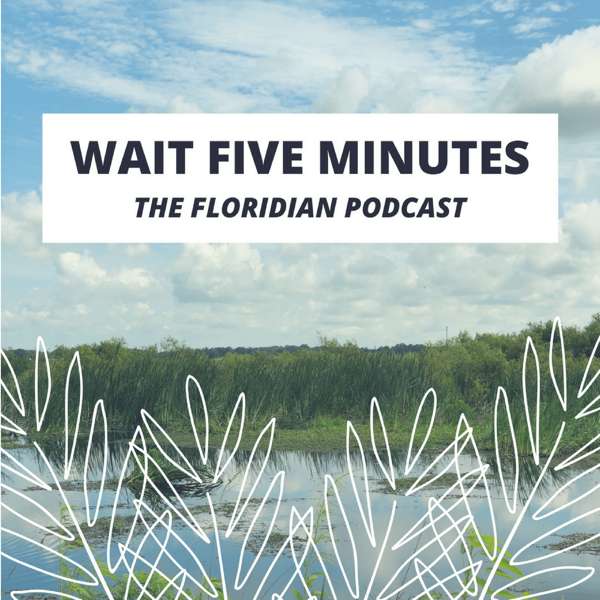YDS is supported by Microcosm Coaching.
In this episode, Kylee and Zoë explore the complicated history that humans have with alcohol and athletics. We dive into the deep past (shoutout to our simian ancestors!) and see why scientists think humans developed a taste for something that seems counterproductive to passing on our genes (looking at you, Smirnoff blue raspberry). We try to parse out why alcohol is so closely tied to endurance sports and take a deep dive into what the research says about this substance (spoiler alert: three shots of whiskey do NOT make you better at running on a treadmill.)
References:
Slingerland, E. (2022). Drunk: How we sipped, danced, and stumbled our way to civilization. Little, Brown Spark.
Popovic, Dejana; Damjanovic, Svetozar S.; Plecas-Solarovic, Bosiljka; Pešić, Vesna; Stojiljkovic, Stanimir; Banovic, Marko; Ristic, Arsen; Mantegazza, Valentina; Agostoni, Piergiuseppe. Exercise capacity is not impaired after acute alcohol ingestion: a pilot study. Journal of Cardiovascular Medicine 17(12):p 896-901, December 2016. | DOI: 10.2459/JCM.0000000000000151
The prohibited list. World Anti Doping Agency. (2024, January 1). https://www.wada-ama.org/en/prohibited-list
The scientific history of why Humans love drinking booze. (n.d.-a). https://www.esquire.com/entertainment/books/a47449/alcohol-science-history-vice-evans/
U.S. Department of Health and Human Services. (n.d.). Major depression. National Institute of Mental Health. https://www.nimh.nih.gov/health/statistics/major-depression
Prentice, C., Stannard, S. R., & Barnes, M. J. (2015). Effects of heavy episodic drinking on physical performance in club level rugby union players. Journal of science and medicine in sport, 18(3), 268–271. https://doi.org/10.1016/j.jsams.2014.04.009
Castaldo L, Narváez A, Izzo L, Graziani G, Gaspari A, Minno GD, Ritieni A. Red Wine Consumption and Cardiovascular Health. Molecules. 2019 Oct 8;24(19):3626. doi: 10.3390/molecules24193626. PMID: 31597344; PMCID: PMC6804046.
Ragland G. (1990). Electrolyte abnormalities in the alcoholic patient. Emergency medicine clinics of North America, 8(4), 761–773.
https://pubs.niaaa.nih.gov/publications/arh25-2/101-109.htm
Nam, Y. S., Lee, G., Yun, J. M., & Cho, B. (2018). Testosterone Replacement, Muscle Strength, and Physical Function. The world journal of men's health, 36(2), 110–122. https://doi.org/10.5534/wjmh.182001
Judelson, D. A., Maresh, C. M., Anderson, J. M., Armstrong, L. E., Casa, D. J., Kraemer, W. J., & Volek, J. S. (2007). Hydration and muscular performance: does fluid balance affect strength, power and high-intensity endurance?. Sports medicine (Auckland, N.Z.), 37(10), 907–921. https://doi.org/10.2165/00007256-200737100-00006
Sullivan, E. V., Harris, R. A., & Pfefferbaum, A. (2010). Alcohol's effects on brain and behavior. Alcohol research & health : the journal of the National Institute on Alcohol Abuse and Alcoholism, 33(1-2), 127–143.
National Institute on Alcohol Abuse and Alcoholism. (2022). Alcohol and the Brain: an Overview | National Institute on Alcohol Abuse and Alcoholism (NIAAA). Www.niaaa.nih.gov. https://www.niaaa.nih.gov/publications/alcohol-and-brain-overview
Stein, M. D., & Friedmann, P. D. (2005). Disturbed sleep and its relationship to alcohol use. Substance abuse, 26(1), 1–13. https://doi.org/10.1300/j465v26n01_01
Shirreffs, S. M., & Maughan, R. J. (2006). The effect of alcohol on athletic performance. Current sports medicine reports, 5(4), 192–196. https://doi.org/10.1097/01.csmr.0000306506.55858.e5
Onate J. (2019). Depression in Ultra-endurance Athletes, A Review and Recommendations. Sports medicine and arthroscopy review, 27(1), 31–34. https://doi.org/10.1097/JSA.0000000000000233

 Our TOPPODCAST Picks
Our TOPPODCAST Picks  Stay Connected
Stay Connected







